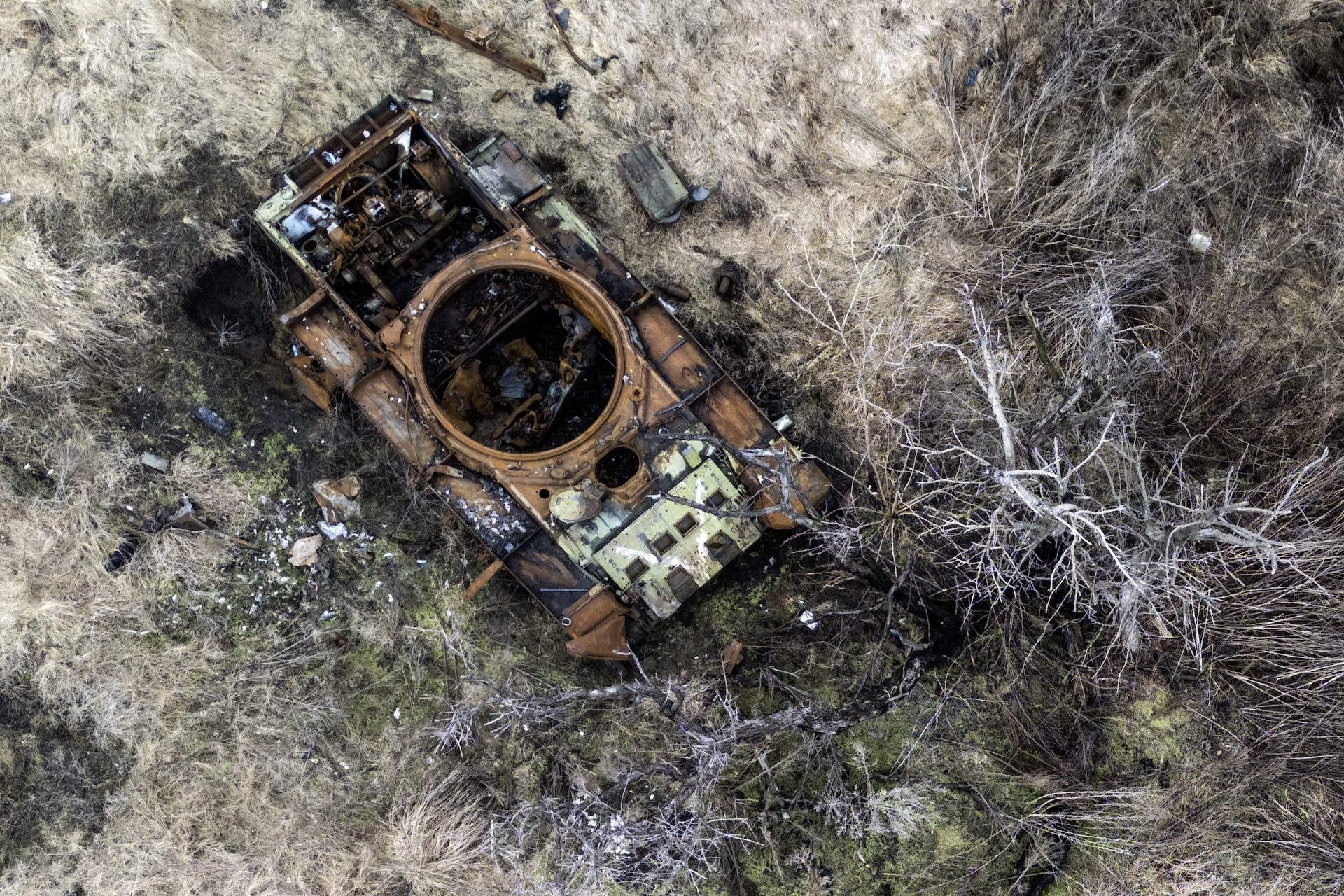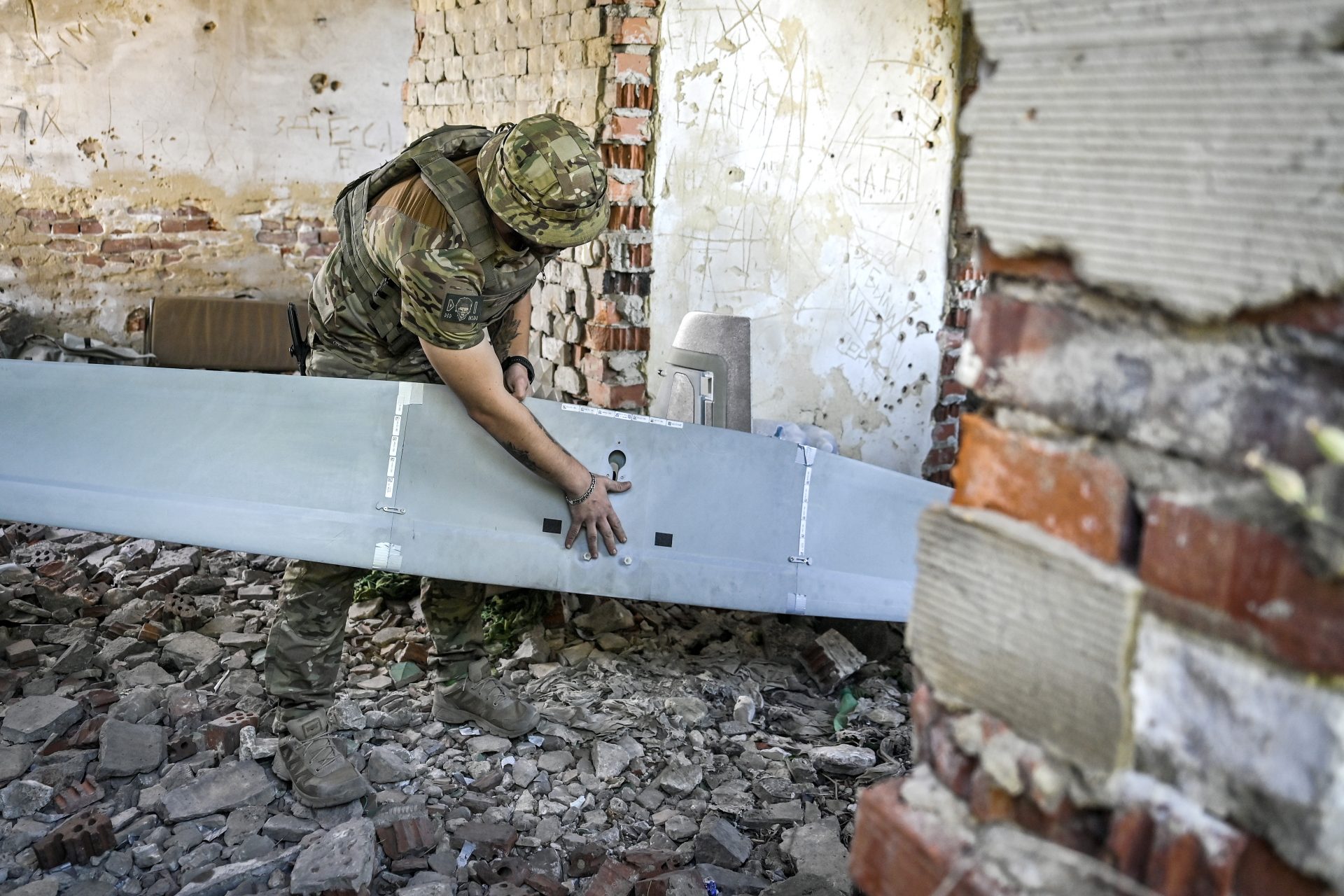The world's glaciers are in danger
The tragedy that hit the Marmolada, in Italy in 2022 only confirmed the concerns that, for years, have afflicted scholars and experts: glaciers around the world are in danger.
June and July's high temperatures dealt a severe blow to the health of the largest glacier in Italy, yet many experts believe that all this is the consequence of a phenomenon with a much greater spectrum of action.
In 2015 a study, published in Remote Sensing of Environment and conducted by a group of researchers from Cnr-Ismar, the Universities of Genoa and Trieste, the University of Aberystwyth (Wales, UK) and ARPA Veneto, warned us: the situation of the symbol of the Dolomites was in great peril.
By comparing two geophysical surveys on the glacier, carried out in 2004 and 2015, the researchers were able to observe the following phenomenon: the glacier was already shrinking at such a rate that within 20-30 years, they had predicted, it could completely disappear.
In just 10 years, in fact, its volume has been reduced by 30%, a decrease that has been accompanied by a loss of 22% of the surface area.
The researchers also came to another terrible conclusion: if the same reduction rate of the analyzed decade were maintained, by 2050 the glacier could disappear completely, giving way to small areas of ice and snow, favorable terrain for avalanches.
"Since then, the situation has worsened a lot", Renato Colucci, of the Institute of Polar Sciences of the CNR, professor of glaciology at the University of Trieste, confessed to Corriere della Sera: "The disappearance of the glacier could also take place within twenty years ".
The alarming data on the Marmolada glacier were then confirmed by another more recent study, conducted in 2021 by the University of Padua: the alpine glacier is retreating and is doing so at a very rapid pace. Between 2020-2021 it retreated more than 6 meters.
Concern about ice health increases especially if we look at it from a global perspective. Despite storing only 1% of the total volume of ice, glaciers contributed to nearly a quarter of Earth's global ice losses between 1994 and 2017.
We are talking about an important figure if we also consider that the rate at which the Earth has lost ice has almost doubled in the three decades analyzed, going from 0.8 trillion tons per year in the 1990s to 1.3 trillion tons a year in 2017.
According to researchers from the University of Leeds who conducted a study published in the scientific journal 'The Cryosphere', between 1994 and 2017, 28 trillion tons of ice were lost, an area capable of covering an area equivalent to the United Kingdom.
According to the study, half of the losses are from land-based ice, which includes 6.1 trillion tons from mountain glaciers, 3.8 trillion tons from the Greenland ice sheet, and 2.5 trillion tons from the Antarctic ice sheet.
This trend is therefore common and does not only manifest itself in the Alps, but also in other areas of the world. In Iceland, for example, there has been a 7% reduction in glaciers in 10 years.
Over the past 30 years, the great Icelandic Okjökull glacier, which entirely covered the area of the Okjökull shield volcano, has shrunk and disappeared. In the photo, we can see the situation of the glacier in 2019, in which only small patches of ice are observed. A future that, it would seem, could be that of many other glaciers in the world.
The same trend, in fact, was also observed in a study published in 2021 and entitled "Toward an Ice-Free Mountain Range: Demise of Pyrenean Glaciers During 2011–2020", which analyzes the measurements made by a team of researchers on the chain of the Pyrenees, which are home to the largest glaciers in southern Europe.
Scientists from the Instituto Pirenaico de Ecología (IPE-CSIC), responsible for the study carried out on the Franco-Spanish chain, point to climate change as responsible for the reduction of ice: from the 19th century to the date of the study, in fact, in the Pyrenean area there was a rise in temperatures of 1.5 ° C was recorded.
According to the team of researchers, this increase in temperature led to a significant reduction in the surface (23.2%) and in the thickness of the ice (on average 6.3 m) on 17 of the 24 glaciers on the mountain range between 2011 and 2020.
One of the authors of the study, Jesús Revuelto, is peremptory: "What we are seeing here is a forewarning of what will happen in other mountains, such as the Alps" and adds: "Those glaciers have more mass, but they will not last forever."
The Everest region, on the other hand, has long been affected by another phenomenon, attributable to the melting of glaciers: the increase in glacial lakes.
"Ten years ago there were small lakes on the glacier, but now they have started to get bigger and merge. Specifically, on the left side of the lower side of the glacier, there is a series of seven or eight large lakes that are starting to unite and form a long chain, "said Ann Rowan, head of a 15-year research on the Khumbu glacier in northeastern Nepal.
At the beginning they were small and isolated pools of melted ice on the surface of the glacier, which then enlarged to form, finally, larger bodies of water. The danger, in this case, would be floods, should these glacial lakes overflow.
It was precisely a flood due to the detachment of a glacier serac close to the Himalayas that engulfed the villages at the foot of the Dhauliganga river, in the state of Uttarakhand, in northern India, in February 2021, causing a very high number of victims.
A confirmation of the fact that the melting of the ice is absolutely not a phenomenon to be underestimated is also given by Mont Blanc. In particular, by the Planpincieux glacier, near the municipality of Courmayeur, located at about 2700 meters.
This glacier, defined as a "temperate glacier", is located at a height of about 2,700 meters. The oscillations to which it is subjected can reach 150 cm per day. That is far higher than those affecting the polar glacier of the Grandes Jorasses, located at 4,000 meters, which records movements ranging from 2 to 20 cm per day, as reported by the Corriere della Sera. The authorities of the Aosta Valley therefore consider it a glacier to monitor.
A similar scenario is what we also find overseas, in Canada, and experts are unanimous in sounding the alarm. "We have passed the tipping point for glaciers in the Canadian Rockies," John Pomeroy, professor and Canada Research Chair in water and climate change at the University of Saskatchewan, told CBS.
An article published by a team of researchers at the University of Northern British Columbia found that, between 2010 and 2020, the average retreat rate of Canadian glaciers was 7 times faster than that recorded in the previous two decades.
Vancouver Island's smaller glaciers, for example, are shrinking even faster - 32 times faster between 2010 and 2020 than in the period 1984 to 2010.
Photo: By paulhami - originally posted to Flickr as Comox Glacier on a February Morning, CC BY-SA 2.0, https://commons.wikimedia.org/w/index.php?curid=7797640
"There [are] a lot of reasons why people should worry about how the retreat of these glaciers is accelerating," graduate student Alexandre Bevington told CBC Daybreak North. "I think it will affect people quite profoundly and in many ways."
The situation of the ice in Greenland is also worrying, the main victim of the consequences of rising temperatures. The melting has an impact on the entire life of our planet, first of all that of the rising seas, which, to be clear, in the years that come could cause cities like Venice or islands like the Maldives to be completely submerged.
Recent studies, such as the one conducted by the University of Leeds and published in 'The Cryosphere' have, in fact, found that the melting of the ice in this area translates into a loss of 280 billion tons of ice every year, a phenomenon that has caused a sea rise of 0.8 millimeters per year.
The consequences of the melting of glaciers, be they marine or terrestrial, however, go beyond the risks of avalanches, floods and sea level rise, even if they are the primary effects of this phenomenon. There are also other results to take into account.
The importance of terrestrial glaciers for human life is also highlighted by the authors of an article published in December 2019 in Nature, entitled "Importance and vulnerability of the world's water towers", in which mountains are defined precisely as the " world's water towers ", or the water plants of the world.
The answer to this question is simple. In those areas of the world where there are no aquifers, glaciers have a very important function: to supply 78 countries with water and allow about 1.9 billion people to have access to this very important resource, as underlined in the study.
Let's just think of the Indus River, also fed by the waters of the Himalayan glaciers. During its journey from source to mouth, this important reservoir supplies water to 4 countries (China, India, Afghanistan and Pakistan) for a total of 200 million people.
If we also associate the reduction in the size of glaciers with the increase in demand for water (for industry and agriculture, above all), it is quite clear how dramatic the situation is.
Another very important case to consider is that of two other Central Asian rivers, the Amu Darya and the Syr Darya. Both arise from glaciers and pass through arid areas before flowing into the Aral Sea. With the reduction of glaciers and the strong demand for water for agricultural irrigation, the flow of the two basins is reducing, so much so that the mouth of the Aral Sea has now almost disappeared.
These are just some examples of the situation of the world's glaciers and of the possible consequences for the human population (and not only), but one thing is clear: the scenario that lies ahead for the future of the planet is not the most rosy.
More for you
Top Stories


















































